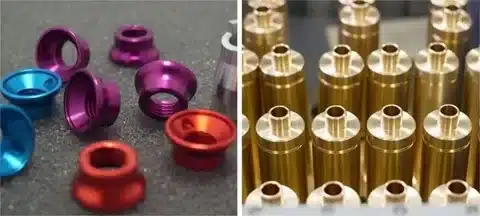Modern manufacturing gets its complete transformation from thermoplastic vulcanizates and thermoplastic elastomers (TPEs) because they unite flexible properties similar to rubber with the processing attributes of thermoplastics. These elastic hybrid materials present both durability along with flexibility that makes them suitable for diverse manufacturing applications throughout automotive production and consumer products fabrication and electronics and healthcare industries, and many industries . The elastomeric properties of TPEs remain intact during melting procedures and molding operations so manufacturers choose them as their preferred material for functional elements as well as ergonomic parts.
Repairing TPEs mostly requires injection molding, which can sometimes be a high tooling cost process, particularly under high temperatures which ranks among the preferred and established techniques for TPE processing. The system enables fast and exact manufacturing methods for complex high-performance items while conserving resources at a maximum rate. Custom molds receive precisely molded TPE parts to produce products hrough temperature and pressure controlled processes that begin by melting the pellets. The ability to produce components through injection molding makes manufacturers choose this method because it provides high levels of consistency with scalable production at comparatively inexpensive competitive costs.
What Are Thermoplastic Elastomers?
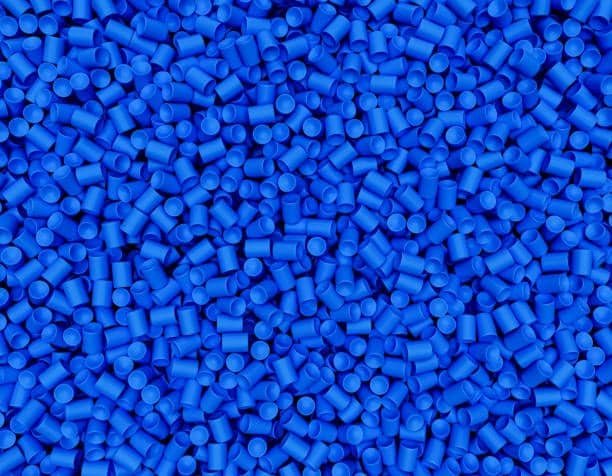
As rubber-like polymers at room temperature, TPEs allow plastic-like reshaping after heating to their melt state, showcasing their rubber-like properties and heat resistance ., especially due to their soft amorphous segments . Thermoset rubber solutions become non-recyclable and non-reprocessable after undergoing chemical reactions during curing yet TPEs maintain both properties.
TPEs incorporate two types of sections that include both hard and soft regions as well as flexible segments. The elasticity comes from soft segments while hard segments provide structuring strength. TPEs combine two different phases in their structure which enable stretching and compression and provide high impact strength alongside quick shape recovery for applications that need durability and comfort, especially in high volume production .
Why Use Injection Molding for TPE?
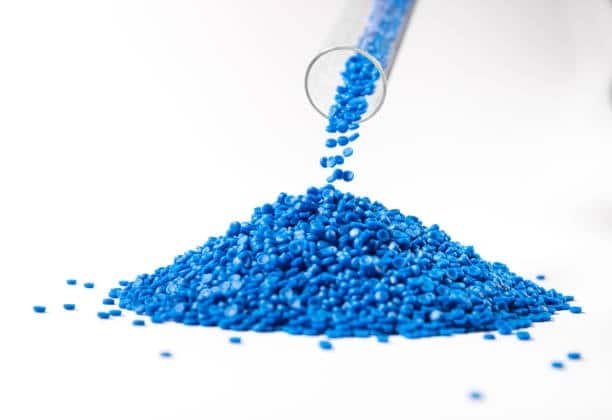
The manufacturing industry widely selects injection molding as the thermoplastic manufacturing process to produce TPE parts because of its effective and exact processes. The process requires feeding molten material through a pre-made mold cavity while using high-pressure forces. The cooled material turns into the finished part when it solidifies.
Among its many properties, the chemical composition of TPE demonstrates exceptional suitability for injection molding because of these main advantages:
- The quick temperature reduction abilities of TPEs enable faster part production cycles thus shortening the manufacturing time.
- The method enables producers to replicate complex geometries for precision designs of intricate components.
- Excess TPE material can be recycled to reduce production costs and minimize environmental effect given TPEs are recyclable materials.
- TPEs demonstrate excellent adhesive properties with materials such as ABS and PC and PP which makes them great for applications in multi-component molding and overmolding or multi-shot molding production.
Key Advantages of TPE Injection Molding
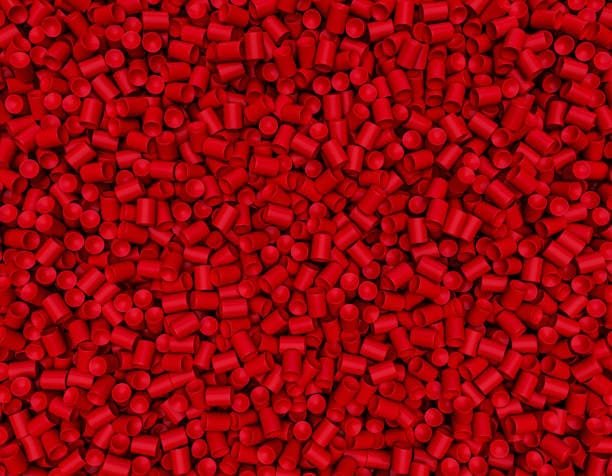
1. Design Flexibility
TPEs allow molders to transform plastic material into any form, including liquid silicone rubber which includes both soft-touch tool grips and elastic medical device seals. When molded TPE components, especially medical-grade TPE safety, provide designers the chance to develop effective parts that both improve ergonomics and functionality.
2. Cost-Effectiveness
Production of injection-molded goods proves economical compared to other methods, especially considering the tear strength of TPE material when manufacturers plan to reach high numbers of items made per year. TPE materials maintain their usefulness through multiple production cycles and the processing mechanism accomplishes high efficiency which leads to reduced expenses over time.
3. Lightweight Properties
TPE components offer superior weight savings than conventional rubber components, even at high temperatures so they find applications across automotive and aerospace and wearable tech industries.
4. Comfort and Safety
TPEs exhibit soft texture characterist
ics, along with their chemical resistance and strong chemical bond. , which make them an excellent choice for production of personal care items along with grips and wearable devices. Medical as well as consumer applications appreciate TPE materials because of their unique properties, such as being hypoallergenic, non-toxic, and safe to use.
TPE Injection Molding Process: Step by Step
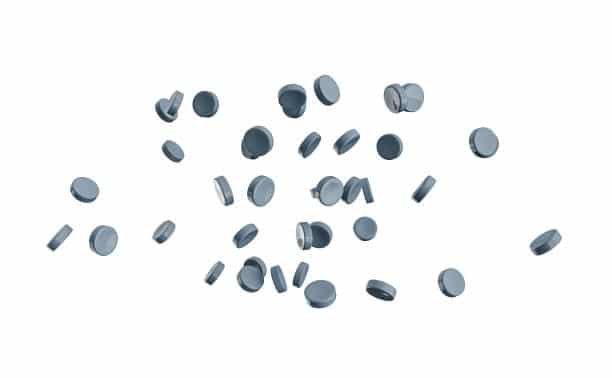
1. Material Preparation
The plastic pellets, specifically TPE pellets, need drying before the process because water causes defects in molding when they are in their molten state . The injection molding machine accepts manufactured pellets before starting the process in the heated barrel .
2. Melting and Injection
The TPE material inside the molding machine barrel achieves its melting point between 200°C and 280°C based on its grade for the process as the barrel turns . The mold receives molten material through the mechanism of a screw while the machine delivers high pressure, especially under high heat .
3. Cooling and Solidification
The mold receives rapid cooling after the molten polymer completes filling the cavity. TPEs undergo rapid hardening after cooling, thus enabling a rapid rate of short cycle times which results in high production speeds.
4. Ejection
After completion of solidification, the mold ejects the part into its desired shape through ejector pins or plates, which fall into primary categories of TPE product . After the process the part becomes available for post-processing or end use.
5. Post-Processing
The finishing requirements of TPE components, especially when compared to thermoplastic urethanes, typically remain simple but certain applications require cutting methods alongside surface modification steps along with additional overmolding processes to unite different components, including copolyester elastomer type .
Common Applications of TPE Injection Molding

The character traits, including their chemical bond properties, of thermoplastic elastomers enable their adoption throughout numerous industrial fields. Here are some common applications of styrenic block copolymers :
- Automotive: Seals, gaskets, vibration dampeners, and interior components.
- Medical applications feature tubing as well as grips and stoppers with alternative patient-contact components.
- Toothbrush handles together with soft phone cases and appliance parts belong to consumer products.
- Sports and Recreation: Footwear soles, grips for gym equipment, wearable gear.
- Electronics industry uses cable insulation and plugs as well as connectors together with flexible enclosures.
Considerations for TPE Molding Success
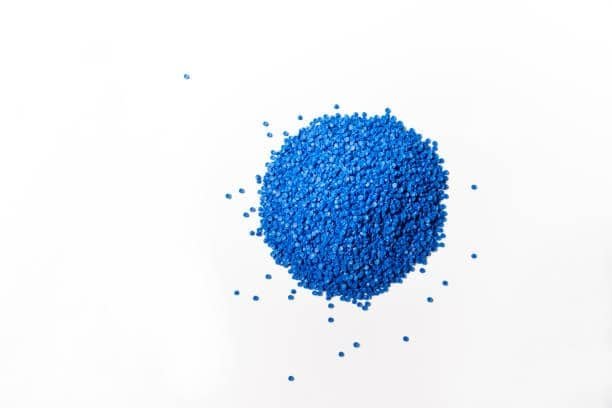
Manufacturers need to pay attention to multiple key aspects, particularly in plastic molding method comparison during TPE molding operations. to achieve perfect results with the right material .
- The proper alignment of gating and venting components with matching ejection systems will prevent defects including voids as well as warping and incomplete fills.
- The selection process for TPEs depends on their compatibility with other materials when used together in an overmolding procedure.
- Shrinkage and Warpage occur to different degrees with TPEs. Accurate mold precision requires knowledge about the particular shrinkage rates found within different TPE grades.
- The maintenance of quality with accurate repeatability depends on specific control of temperature alongside precise pressure control along with defined cycle time management.
Innovations in TPE Injection Molding
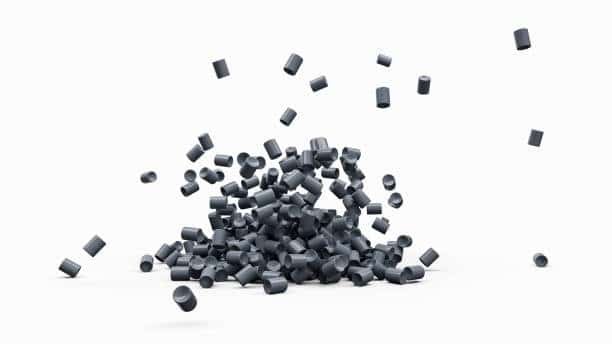
Manufacturing technologies development causes corresponding evolution of TPE injection molding processes. New advancements in materials, such as polyether block amide, include innovations in thermoplastic production:
- The micro-molding technique produces miniature yet complicated TPE parts which find applications in electronic components and medical equipment.
- Biobased TPEs represent environmentally friendly elastomers obtained from sustainable renewable resources instead of petroleum sources.
- The industrial market is adopting TPEs because they now possess antimicrobial resistance and self-healing capability and UV stability for advanced applications.
Conclusion
Injection molding processes thermoplastic elastomers and liquid resin to create flexible materials at high speed through technologies of thermoplastic production. The procedure produces sturdy yet adaptable elastic parts at high speeds, including thermoplastic olefins, which industries from healthcare and automotive to additional fields actively use. TPE injection molding strengthens its position in current sustainable material requirements and performing capabilities when compared to thermoset elastomers., through its capabilities of being recycled and its adaptability to contemporary production methods.
TPE also offers both lower energy consumption during processing, as well as greater appeal in eco conscious manufacturing environments. TPEs do not suffer from the degradation of quality incurred when thermoset elastomers cannot be reprocessed after setting. This characteristic also offers support to the circular economy iterations and lowers the material waste and lowering the production costs. The shift toward using TPE injection molding as a compliant, forward thinking solution increases in response to regulatory standards for environmental impact that tighten. Whether for performance or sustainability goals, TPE injection molding gives manufacturers a way to meet both objectives in parallel.


